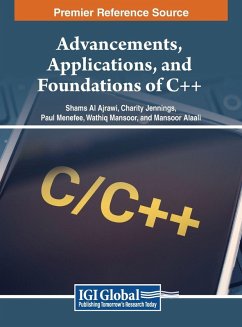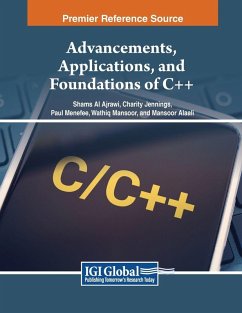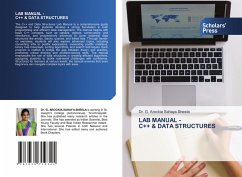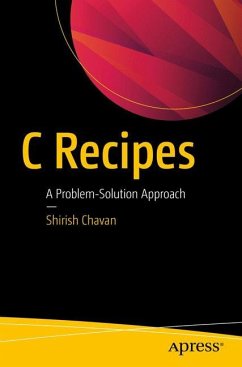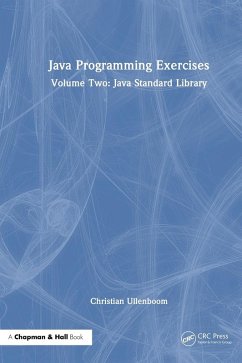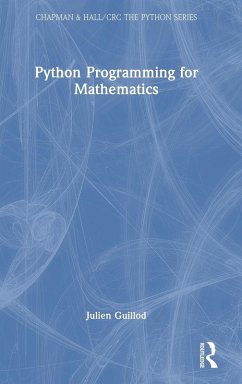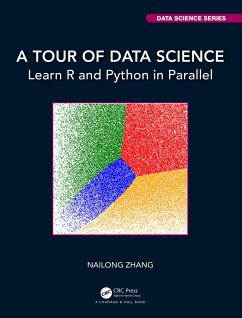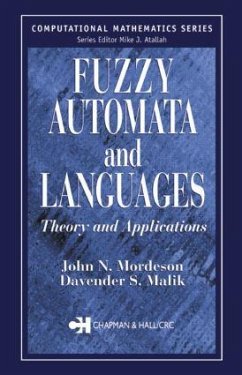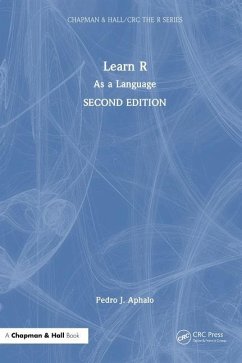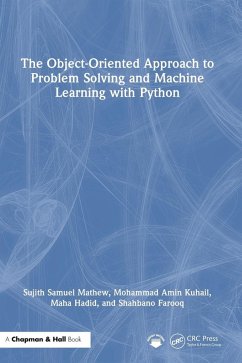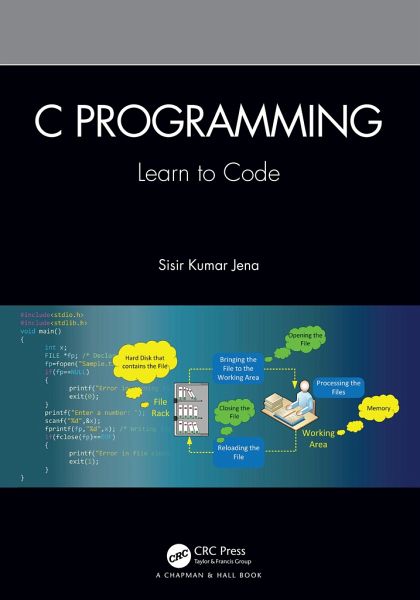
C Programming
Learn to Code
Versandkostenfrei!
Versandfertig in 1-2 Wochen
130,99 €
inkl. MwSt.
Weitere Ausgaben:

PAYBACK Punkte
65 °P sammeln!
C programming is taught as the primary computer language in almost every university and its affiliated colleges. as it acts as a building block to learn other high-level languages. This book can act as a textbook or a supplementary book that helps the learner understand the subject in greater detail. It can also be used by professionals.




